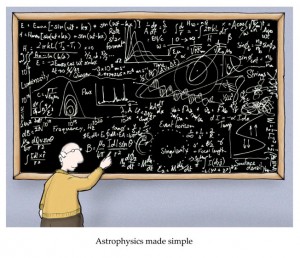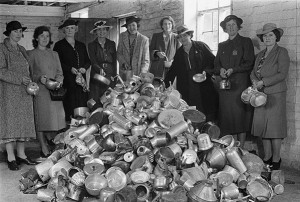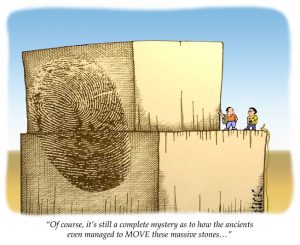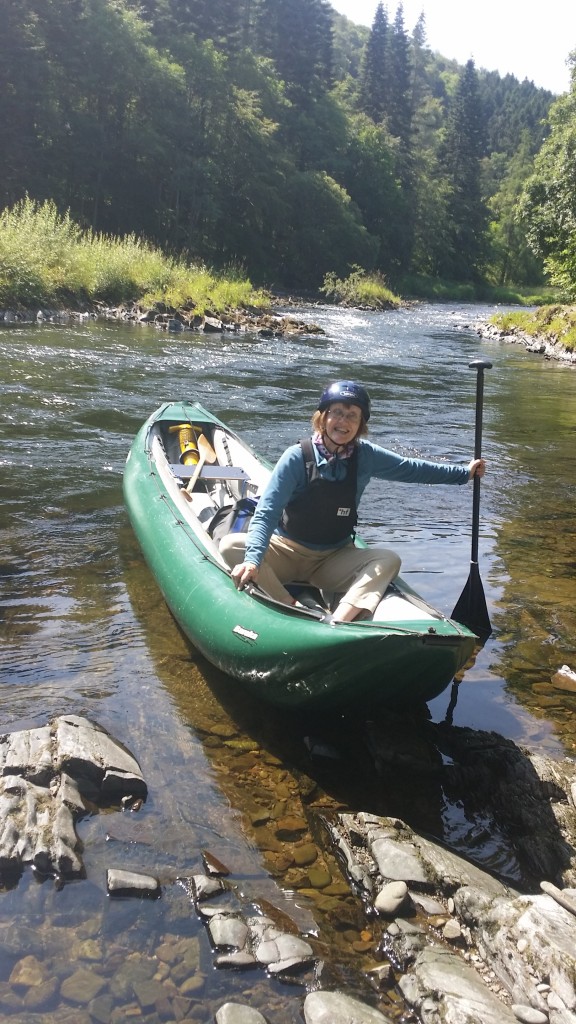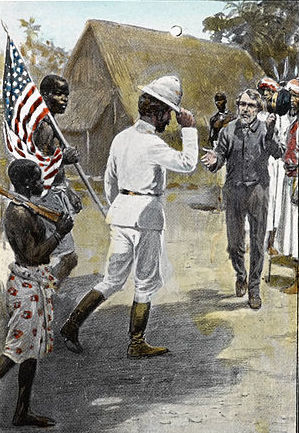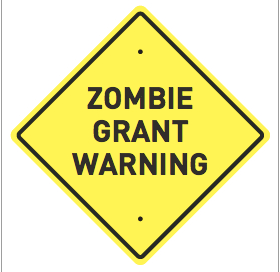 Every academic head of department should read the book Getting to Yes. Although it is a book about how to negotiate, originating in the Harvard Negotiation Project, it applies to a huge range of situations that are not normally thought of as negotiations. It is like a bible for the day to day business of running a department.
Every academic head of department should read the book Getting to Yes. Although it is a book about how to negotiate, originating in the Harvard Negotiation Project, it applies to a huge range of situations that are not normally thought of as negotiations. It is like a bible for the day to day business of running a department.
The book is also invaluable if you are an ordinary academic and you have to negotiate with your head of department because it is about trying to produce an outcome that is good for both parties. This means that you can initiate the approach from either side of a negotiation. It also means that the approach works better if both parties use it.
The essence of the book is that there are four steps you should take if you want a negotiation to have a good chance of success. They are:-
- Separate the person you are negotiating with from the problem that you are negotiating about.
- Deal with the problem in terms of the interests of the relevant parties, and not in terms of the positions they wish to adopt.
- Invent options for mutual gain.
- Use objective criteria to evaluate possible solutions.
My experience, both as a head of department and as a manager of heads of department, is that these four steps are like four commandments for running a department in a way that supports academic endeavour. Let’s take them in order.
Separate the person from the problem
The first commandment is to separate the person you are negotiating with from the problem you are negotiating about. This makes it possible to turn negotiation from a confrontation into a collaboration in which people work together to solve a shared problem.
In management you get a similar benefit from separating the person from the problem: it reduces confrontation and makes it easier to solve problems. But you get several other benefits. For example:-
There is also a more general benefit of the first commandment. It makes it easier to manage people, especially people that you might be tempted to think of as “difficult’ and in situations that give rise to difficulty and disagreement.
Focus on interests, not positions
The second commandment is to represent the negotiation problem in terms of interests (what each party would like get from a solution), rather than positions (the outcomes preferred by the negotiating parties). This makes it possible to look widely for ways of satisfying the interests of both parties and potentially to find an outcome that satisfies more interests for both parties than either of their starting positions. Part of the reason for this is that dealing with interests makes it possible to consider interests that are not strictly part of the immediate problem, such as the desire to maintain a long-term relationship, as we shall see when we get to the third commandment.
In management, the second commandment makes it much easier to change the way things are done in order to produce better outcomes. When people focus on positions, on what they do, it can be quite hard to persuade them to do anything other than what they have always done. Focusing on interests makes it possible to have discussions about the benefits of change without getting blocked by concerns about who does what.
Invent Options for Mutual Gain
The third commandment is to invent options for mutual gain. You add extra factors to the negotiation in order to make the outcome better for both parties. This is possible when something that is of great value to one party can easily be provided by the other. A simple example is when a car dealer takes your old car in ‘part exchange’ when they sell you a new one. Usually this creates mutual gain because the dealer will make an extra profit from your old car and because you will be saved the trouble of selling it yourself. This is why dealers pay unrealistically high prices for ‘part-exchange’ cars.
Inventing options for mutual gain is hugely important in management, both in dealing with individuals and in creating strategies for departments, faculties and institutions. At an individual level, you invent options in order to persuade people to take on tasks that they might otherwise be reluctant to do, although you also do your best to select tasks that best suit each individual. At a broader level, inventing options is part of how you create strategies that reconcile apparently conflicting interests. For example, increasing numbers of UK institutions are creating graduate teaching assistantships (GTA), which pay PhD students to teach and, which, if they are well designed and implemented, can improve both undergraduate teaching and research while saving money. I should emphasise that, for GTA schemes as for most strategic initiatives, good outcomes depend on good design and implementation: it is very easy to run a GTA scheme that costs money and damages both research and teaching.
Use objective criteria
The fourth commandment is: use objective criteria. In negotiating, when you make your criteria objective it becomes possible to discuss what an acceptable outcome might be, and to analyse outcomes and their implications.
In management, using objective criteria makes it possible to be rational about issues that otherwise can become emotional battlegrounds. Management decisions that can have huge emotive impact, ranging from failed applications for promotion to refusals to replace retired colleagues can be subjected to analysis and used to formulate plans for future success.
Work out your BATNA before you get stuck in and if you get stuck
There is a fifth step, which is more important in negotiations than in management situations. Before deciding whether to negotiate you should work out your best alternative to a negotiated agreement, or BATNA. You should review your BATNA if the negotiation gets stuck or if the other party refuses to act reasonably. If it becomes clear at any point that your BATNA is better than the best you can get by negotiating, then it’s better not to negotiate.
How useful is the book?
I first read ‘Getting to Yes’ years ago, when I was a new head of department and had an acrimonious disagreement with my dean, which my coach suggested I might resolve by negotiation. I read the book in an afternoon and it had a huge impact on my ability to operate as a head of department. I used to find that my successes in management could usually be attributed to following one or more of its commandments and my failures could be explained by not following them. I also found the book extremely useful when managing my bosses and I wished I had read it at the beginning of my career. When I was a dean I bought copies of the book for my reports to help them understand how to manage me.
On the other hand, the book’s influence on my ability to negotiate with the dean was less clear. When I had read the book, I asked him for a meeting. He refused to meet me; instead he resolved our disagreement by giving me everything I had asked for. I guess he must have decided it was his BATNA!

